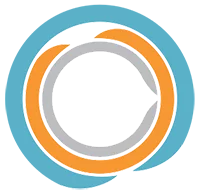As the growth of technology continues to progress exponentially, we are constantly sacrificing more of our privacy in exchange for convenience, safety, and personalised service.
This is an ethical conundrum that has driven complex debate within both the private and public sectors.
Surveillance within the workplace has also sparked significant commentary around its legal considerations and potential cultural implications more broadly.
The craving for workplace surveillance has been exacerbated by heightened security needs, and the demand for data precision; which may have significant consequences for the culture of the workplace.
The modern workplace is one of endless diversity, nuances and relationships in which trust is essential.
Advancements in Surveillance Technology
The last decade has seen a significant rise in surveillance technology and tools.
These include:
- Closed-Circuit Television Cameras (‘CCTV’) to record employees in common spaces; and
- The collection, sale and distribution of personal data to implement targeted and conformed advertisement campaigns; and
- Technologies of a biometric nature for the safety and protection of the citizens of Australia, particularly in high-transit areas such as airports.
The collection, sale and distribution of personal data to implement targeted and conformed advertisement campaigns; and
During the Covid-19 pandemic, many countries introduced mandates that required individuals to report their whereabouts for reasons, as argued, to facilitate contact tracing.
This data collection was made convenient through the use of scannable barcodes and mobile phone applications; however, many people had misgivings about the volume of data being made accessible to government and how they might use that data.
Other countries, such as Russia and China, took even more draconian measures. Russia installed over 100,000 CCTV cameras across the country to ensure its citizenry were complying with mandates.
China’s response to the outbreak involved the Integrated Joint Operations Platform, or IJOP, which gave both the police and government access to contact information in addition to seemingly irrelevant data such as a person’s religious beliefs and blood type.
This led to many members of the community becoming entirely distrustful of any form of surveillance. So, how does it work in the workplace?
Workplace Surveillance
The advancement of these technologies is now being rolled out in the workplace.
Some of the most common examples of how surveillance technology can be utilised within the workplace include, but are not limited to:
- ensure employee attendance;
- monitor emails and phone calls;
- quantify the time employees use to complete tasks and how this time is distributed;
- track keystrokes on company devices;
- track employees’ location in cases where it is necessary to leave the primary business address; and
- to observe, record and collect images, videos and/or biometric data of employees through CCTV technology.
Surveillance technology can also vastly improve productivity in larger organisations that would typically use ‘bundy clocks’ to record time and date attendance to create accurate records for payroll.
Further, surveillance technology can assist in creating and maintaining a safe workplace. For example, in large warehouses, it is common for employees to travel large distances on foot while surrounded by heavy machinery and pallets, this is by its very nature, a source of risk and liability for the employer.
However, as an employee this surveillance may not be welcome.
Increasing Concerns Over Implementation in the Workplace
Whilst surveillance technology aids an organisation in increasing efficiency and safety, a balance must be struck between implementation and employee morale. Employers must also be aware of the various risks to using surveillance technology in the workplace, such as:
- the appearance of management overreach;
- misappropriation and incomplete data obtained by technology;
- resistance to change within the employees;
- unlawful collection and storage of data (in some cases, data stored on an overseas cloud server will be contrary to Australian Privacy Principles); and
- mistrust between the employees and the employer.
Privacy Concerns and the Relevant Legislation
These surveillance methods raise the question of whether this is an intrusion of privacy or a right afforded to an employer by law.
Whilst the latter may be true in certain circumstances, particularly within the office, a pivotal question is whether this ability extends to the incidental gathering of information outside the office.
As a matter of disclosure and courtesy, an employer should make it known to their employees the extent to which surveillance is occurring so that the employee is afforded the right to make decisions as to how they use these devices in their own time.
However, it is also important to know that whilst an employee is using their company device in the course of their ordinary employment, they do not have the right to protect their personal information. Information arising strictly out of this situation is legally accessible by an employer. As a balance to these rights, the law also provides employees with several methods to ensure abuse of this information does not occur.
The regulation of surveillance technology within the private sector is legislated differently in each State and Territory.
Provided that employers do not engage in covert or forbidden surveillance, it is permitted by law for an employer to implement surveillance systems in the workplace.
Employers must conform to the prescribed process outlined by their state legislation but, by way of example, under NSW law the following must occur with respect to surveillance:
1. Surveillance may not begin unless prior notice has been given to the employee;
2. Notice is required to be in writing and forwarded to the employee at least 14 days before commencement;
3. The written notice must outline the details of:
a. the type and kind of surveillance to be executed (e.g., CCTV surveillance, digital audio and video recording, keystroke monitoring):
b. the method by which this surveillance will be carried out;
c. the date of surveillance commencement; and
d. whether the surveillance will be for a specified period or ongoing.
Similar legislation is operative in other states to varying degrees.
Incomplete Data
As is the case with any analysis of data, it is important to consider quantitative factors in parallel to qualitative information gained through surveillance technology. Quantitative information may include, but is not limited to:
- the times at which an employee arrives and leaves;
- the time taken to reply to an email;
- the time spent not working on assigned tasks; and
- the number of keystrokes by an employee in a given period.
This potential rigid surveillance may undermine any workplace’s morale and spirit, which is difficult to measure.
In Summary
Surveillance tools do and will continue to increase productivity, safety, and security in the workplace.
Contrastingly, there are risks and disadvantages of implementing surveillance technologies in the workplace with respect to compliance with relevant legal obligations and the potential to create a culture of resentment and mistrust between employers and employees.
We recommend all employers who implement, or are looking to implement workplace surveillance, ensure all employment contracts are up to date and include a relevant clause where employees agree to workplace surveillance. Furthermore, we recommend employers ensure they have an up-to-date workplace surveillance policy that sets out the surveillance regime in full, the employers obligations with respect to employee privacy, and any disputation process.
If you require any further information or advice concerning the contents of this article, please do not hesitate to contact our firm and in particular our Adam Doughman.



